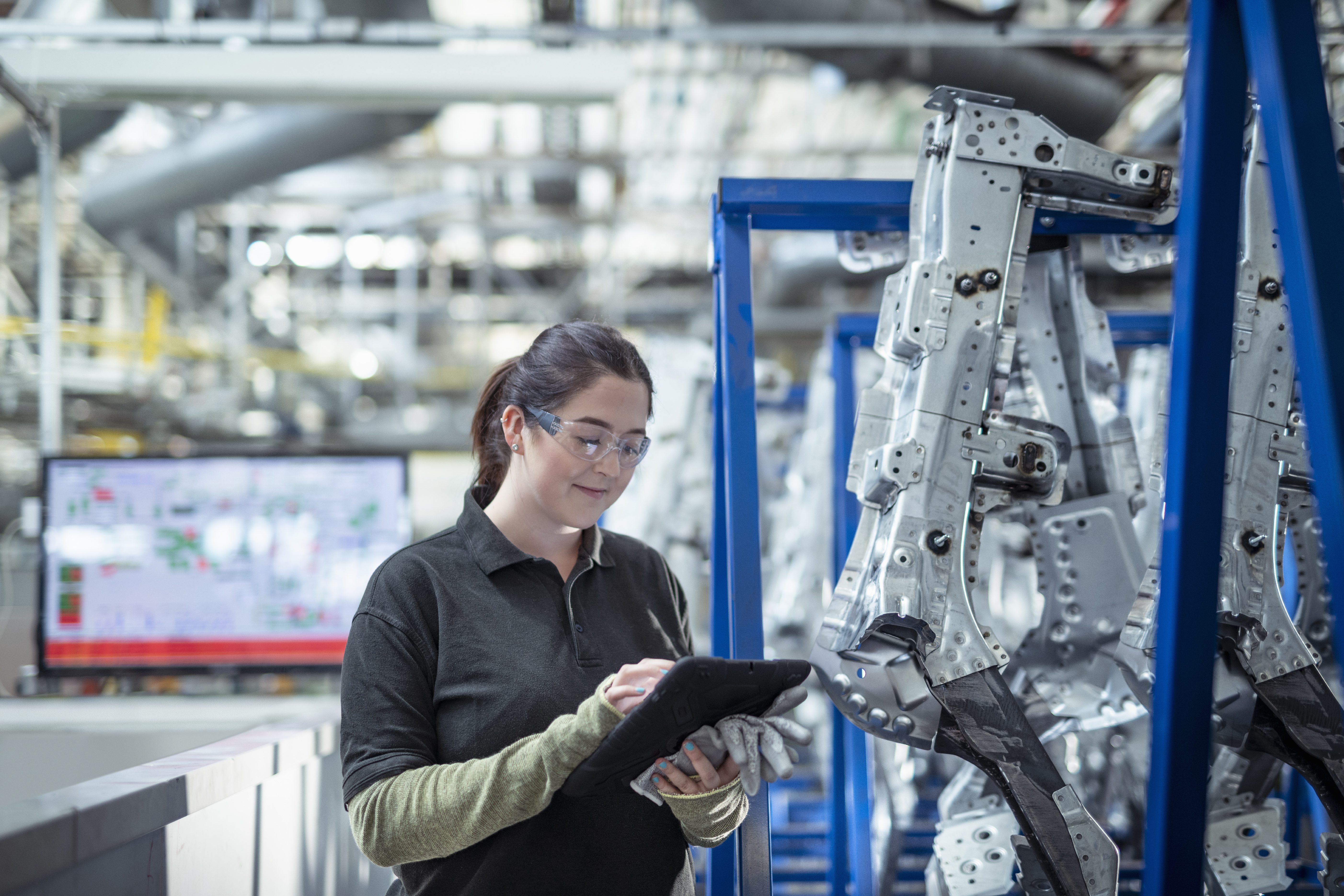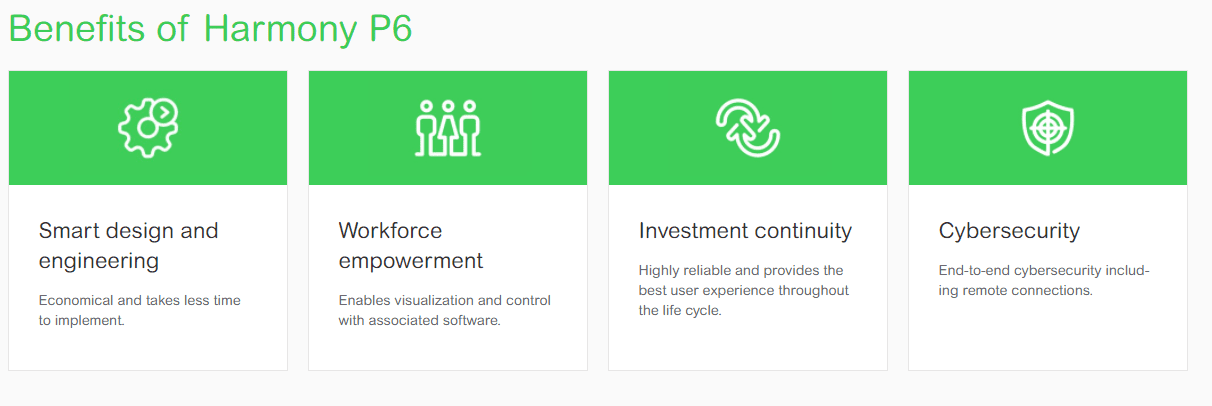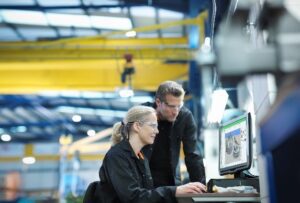
When planning any industrial digitization project, it’s important to consider the three dimensions of People, Process and Technology. One of the main questions to ask before starting is does the new technology really help people to do a better job? IIoT promises secure access to a lot of data but what are the plans to make sure that data provides the right insights staff need to be more effective rather than simply burying them under too much information? And how do you make sure insights are presented to workers whenever and wherever they need them, even on the plant floor including when they’re working on and around production equipment?
Workforce Empowerment allows workers to use technology in accessing the insights they need to make decisions that help the plant run more safely and profitably. It’s achieved by:
- Connecting employees in all departments to the available data and combining it with collected staff knowledge (Connected Workforce)
- Presenting insights to workers whenever and wherever they need them in a straightforward, easy to understand way (Decision Support)
- Sharing best practices across all plants so they can have the greatest impact (Global Collaboration)
At all levels it’s about not only gathering all the data and turning it into insights but presenting those insights to workers in the form they can easily use whenever and wherever they need them. Today’s HMI’s play a crucial role here.
Human Machine Interface (HMI) and its Importance in Industrial Automation
Human Machine Interface or (HMI) began as a way for operators to interact or control machines or processes. The first HMIs were designed simply to replace hard wired push buttons and indicator lights. There was no graphic representation of the process let alone guidance, operational insights, and most certainly no augmented reality!
These early HMI’s were confined to control rooms or plant floor control panels. There was no portability or mobility and staff needed to be physically at the HMI to read information
How have HMI’s evolved?
Today’s HMIs are way more than programmable replacements for pushbuttons and indicator lights. They’re used to translate complex data into useful information. Easy-to-understand visual displays give meaning and context to near real-time information and insights about how well processes are running and the advanced capabilities of today’s HMIs enable managers and supervisors to do much more than just control processes.
- They offer new opportunities to improve product quality and make systems more efficient.
- Mobile technologies give workers access to guidance or remote expertise wherever they may be working (inside or even outside the facility).
- They can function as powerful Edge Computers gathering and processing data in real time to support state-of-the-art approaches such as predictive maintenance.
- They have the powerful processing and networking capabilities needed to provide new levels of information to workers anywhere in the plant. E.g. ‘control room’ level information from anywhere.
Making impactful decisions
Today’s HMIs help staff spot problems quickly and easily and support them in making impactful decisions, making processes more efficient, and improving the quality of both products and services. They connect people, applications, and machines across different locations. They’re also open so users can choose the best hardware, data sources, networks, and software for their needs.
Harmony P6 helps industrial companies improve productivity and operational efficiency. It’s a great example of technology supporting people with the performance, networking and display capabilities needed to get the most from digital transformation. It’s designed to clearly provide plant staff with the guidance they need to do the best job possible. It’s a key component of any end to end cybersecure transparent plant data network for more efficient operations and maintenance of your capital assets.
When combined with EcoStruxure Automation Expert it’s easy for users to deploy the computing capabilities they need for those more calculation intensive applications. This not only includes clearly presented real-time performance information for industrial systems but also the guidance staff need to improve performance and address problems before costly downtime occurs.
We’ve come a long way from those early HMI’s! Today’s modern, modular iPC’s are packed with the processing, display and computing power making them a cornerstone of any industrial digital transformation strategy.
Harmony P6 industrial PC and software with end-to-end cybersecurity in the cloud and on-premise will empower your workforce by putting digital technology to work for them.

Watch the Video on Harmony P6



